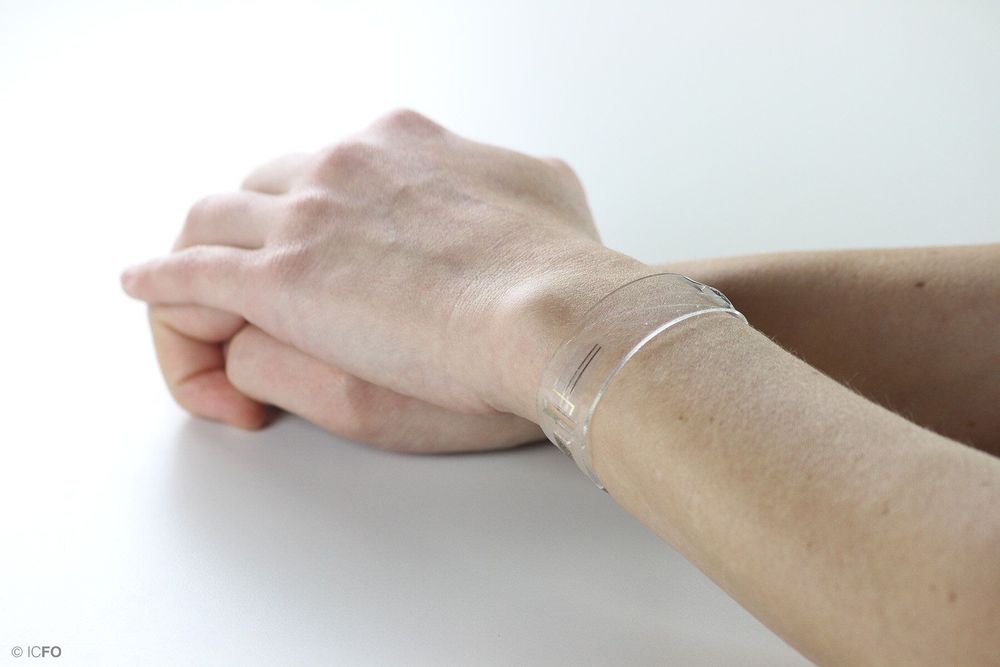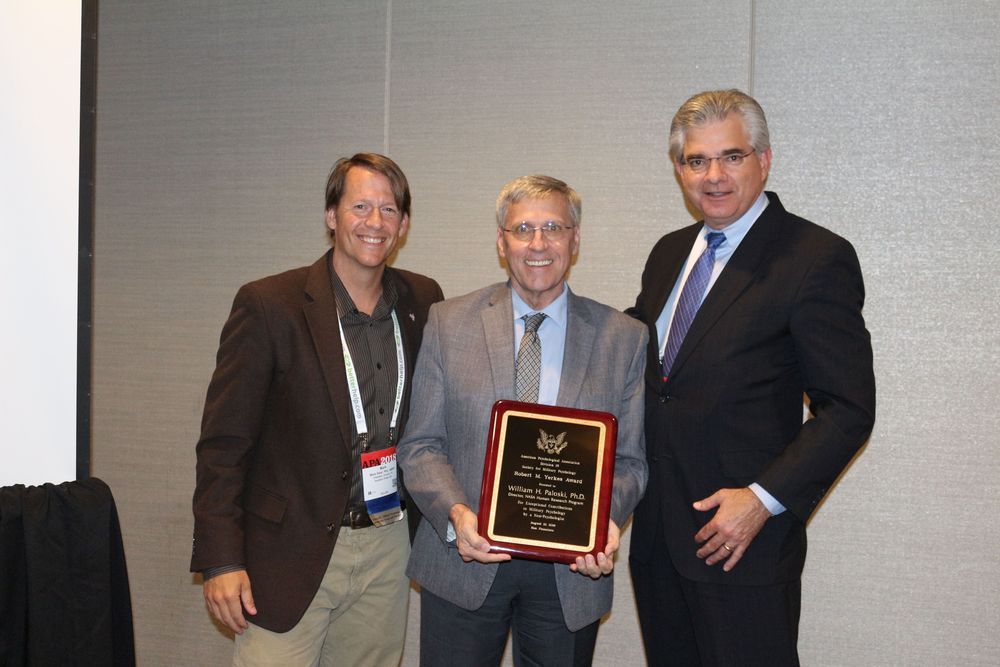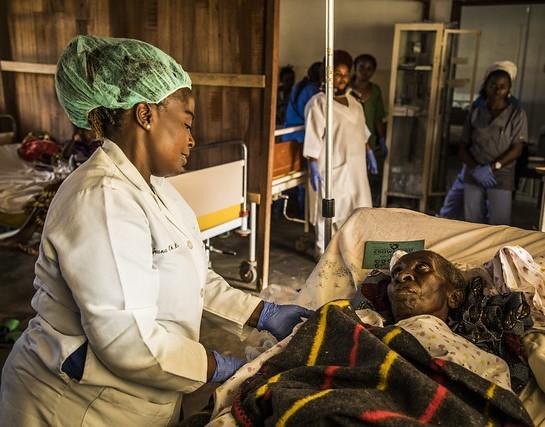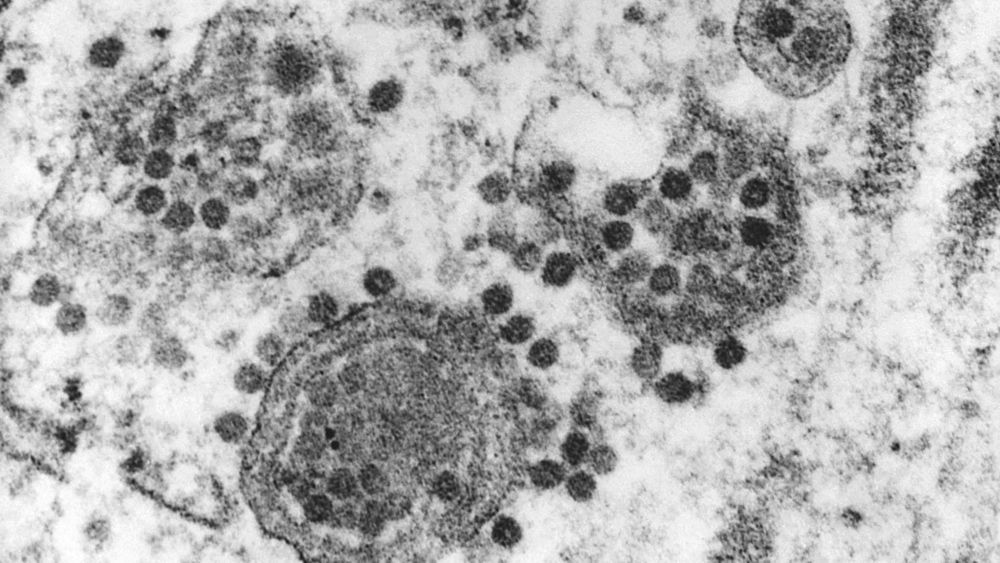The makers of this Star Trek-looking device say it can help you lose weight without diet or exercise.


The makers of this Star Trek-looking device say it can help you lose weight without diet or exercise.

New technological devices are prioritizing non-invasive tracking of vital signs, not only for fitness monitoring, but also for the prevention of common health problems such as heart failure, hypertension and stress-related complications, among others. Wearables based on optical detection mechanisms are proving an invaluable approach for reporting on our bodies inner workings and have experienced a large penetration into the consumer market in recent years. Current wearable technologies, based on non-flexible components, do not deliver the desired accuracy and can only monitor a limited number of vital signs. To tackle this problem, conformable non-invasive optical-based sensors that can measure a broader set of vital signs are at the top of the end-users’ wish list.
In a recent study published in Science Advances, ICFO researchers have demonstrated a new class of flexible and transparent wearable devices that are conformable to the skin and can provide continuous and accurate measurements of multiple human vital signs. These devices can measure heart rate, respiration rate and blood pulse oxygenation, as well as exposure to UV radiation from the sun. While the device measures the different parameters, the read-out is visualized and stored on a mobile phone interface connected to the wearable via Bluetooth. In addition, the device can operate battery-free since it is charged wirelessly through the phone.
“It was very important for us to demonstrate the wide range of potential applications for our advanced light sensing technology through the creation of various prototypes, including the flexible and transparent bracelet, the health patch integrated on a mobile phone and the UV monitoring patch for sun exposure. They have shown to be versatile and efficient due to these unique features,” reports Dr. Emre Ozan Polat, first author of this publication.

Cryotechnology has been used in treating lung cancer for many years, now it is emerging to have a new indication in diagnosing lung diseases. Cryoprobe transbronchial lung biopsy has been introduced into clinical practice as a new technique, providing a larger biopsy specimen, potentially improving the diagnostic yield of transbronchial biopsies in parenchymal lung diseases. Although recent small pilot studies suggest that cryotransbronchial lung biopsies are comparable to conventional transbronchial biopsies in terms of diagnostic yield and safety profile in lung transplant patients, cryoprobe transbronchial lung biopsy is still being evaluated and its role in clinical practice is not well defined. Cryotherapy has been proven as a safe and effective method to debulk endobronchial lesions, providing palliation for advanced central obstructive tumors. Its use and efficacy is also studied in direct cryosurgery and percutaneous application in lung cancer. Cryoprobes can also be used to extract foreign bodies from the airways by causing cryoadhesion. We aim to summarize the therapeutic and diagnostic application of cryotechnology in pulmonary diseases.

On a recent afternoon at the Johnson Space Center, Bill Paloski, Ph.D., Director of NASA’s Human Research Program (HRP), commented on HRP’s mission to protect the health and safety of astronauts. He reflected on some of the human hazards of space, including radiation, isolation and confinement, distance from Earth, altered gravity, and hostile/closed environments.
“We still have a lot to learn about these hazards,” says Paloski. “For instance, how long does it take for space radiation to damage the human body? When you’re isolated, and can’t get home or talk to your family, how long can you stay positive? NASA’s Human Research Program exists to ensure the safety of brave people who are navigating unfamiliar territory in very stressful conditions. We need this program and its research teams to develop strategies to protect our explorers and pioneers who represent the front line of our nation’s space program.”
Paloski’s dedication to improving the lives of this “front line” has provided benefit to other sectors of the federal government, including those who serve the nation in high-risk missions and those in our military services. In recognition of these benefits, Paloski recently received the prestigious Robert M. Yerkes Award for significant contributions to military psychology by a non-psychologist.


In recent years, a steadily increasing volume of data has demonstrated that peer victimization — the clinical term for bullying — impacts hundreds of millions of children and adolescents, with the effects sometimes lasting years and, possibly, decades. The problem is even recognized as a global health challenge by the World Health Organization and the United Nations. And yet, researchers maintain there is still a limited understanding of how the behavior may physically shape the developing brain.

Over the weekend and through today, 12 more Ebola cases were confirmed in the Democratic Republic of the Congo (DRC), lifting the overall outbreak total to 3,081.
In other developments, the DRC, with support from its global health partners, launched new infection prevention and control (IPC) efforts to curb healthcare-acquired infections.

On Monday, Rhode Island health officials reported that a resident had died after contracting the Eastern equine encephalitis (EEE) virus. The death marks the third fatality linked to EEE reported this year, and the second such case documented in less than a week.
The summer is winding down for many in the U.S., but this rare viral infection spread by mosquitoes is still claiming lives. Health officials first reported the resident’s case of EEE in late August, noting at the time that the person was in critical condition. It was the first case reported in Rhode Island since 2010. The resident, only disclosed to be in their 50s, died Sunday, making theirs the first EEE-related death documented in the state since 2007.